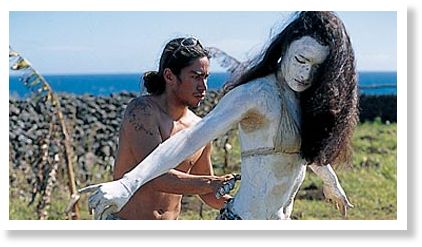
© Paul TrachtmanLocal artists are reviving the island's traditions. Carolina Edwards prepares to dance.
"There exists in the midst of the great ocean, in a region where nobody goes, a mysterious and isolated island," wrote the 19th-century French seafarer and artist Pierre Loti. "The island is planted with monstrous great statues, the work of I don't know what race, today degenerate or vanished; its great remains an enigma." Named Easter Island by the Dutch explorer Jacob Roggeveen, who first spied it on Easter Day 1722, this tiny spit of volcanic rock in the vast South Seas is, even today, the most remote inhabited place on earth. Its nearly 1,000 statues, some almost 30 feet tall and weighing as much as 80 tons, are still an enigma, but the statue builders are far from vanished. In fact, their descendants are making art and renewing their cultural traditions in an island renaissance.
To early travelers, the spectacle of immense stone figures, at once serenely godlike and savagely human, was almost beyond imagining. The island's population was too small, too primitive and too isolated to be credited with such feats of artistry, engineering and labor. "We could hardly conceive how these islanders, wholly unacquainted with any mechanical power, could raise such stupendous figures," the British mariner Capt. James Cook wrote in 1774. He freely speculated on how the statues might have been raised, a little at a time, using piles of stones and scaffolding; and there has been no end of speculation, and no lack of scientific investigation, in the centuries that followed. By Cook's time, the islanders had toppled many of their statues and were neglecting those left standing. But the art of Easter Island still looms on the horizon of the human imagination.
Just 14 miles long and 7 miles wide, the island is more than 2,000 miles off the coast of South America and 1,100 miles from its nearest Polynesian neighbor, Pitcairn Island, where mutineers from the HMS
Bounty hid in the 19th century. Too far south for a tropical climate, lacking coral reefs and perfect beaches, and whipped by perennial winds and seasonal downpours, Easter Island nonetheless possesses a rugged beauty - a mixture of geology and art, of volcanic cones and lava flows, steep cliffs and rocky coves. Its megalithic statues are even more imposing than the landscape, but there is a rich tradition of island arts in forms less solid than stone - in wood and bark cloth, strings and feathers, songs and dances, and in a lost form of pictorial writing called rongorongo, which has eluded every attempt to decipher it. A society of hereditary chiefs, priests, clans and guilds of specialized craftsmen lived in isolation for 1,000 years.
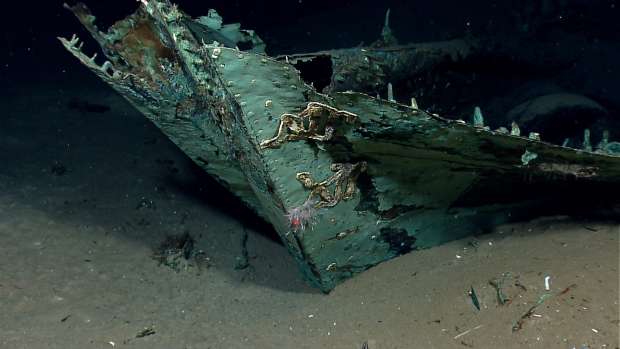



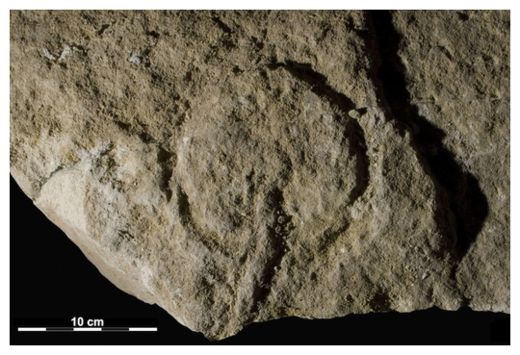

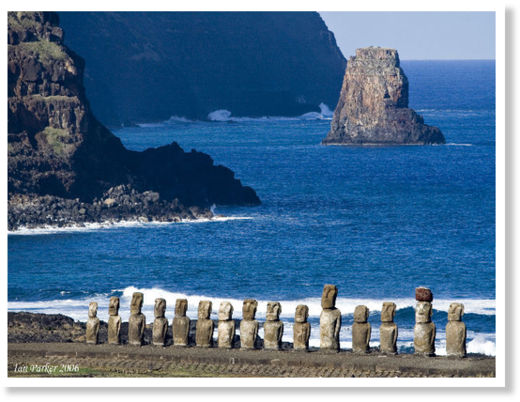
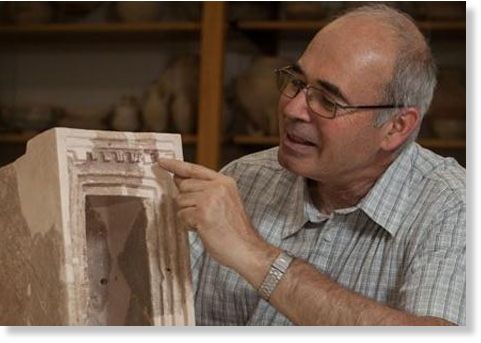
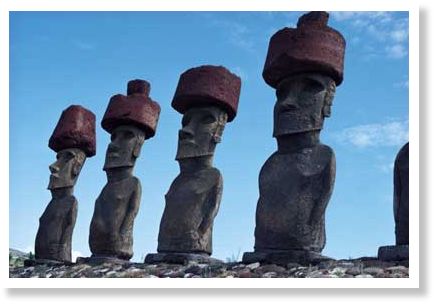




Comment: It is now fairly well established that both Judaism and Christianity more or less emerged from the same crises at the same approximate period of time. Just as there was no crucifixion and resurrection of a "son of god" behind Christianity, there was no "ancient Israel" behind Judaism. There was no King David, no Solomon, no great kingdom, at all. They didn't exist, except as fragments of far older mythologies woven together for purposes of political control. There was no slavery in Egypt, no Exodus, and no Moses getting the Ten Commandments. It's all a fraud, a sick hoax, and humanity has been paying the price for over 2,000 years.
Read The Secret History of the World, by Laura Knight-Jadczyk to learn more on the topic.